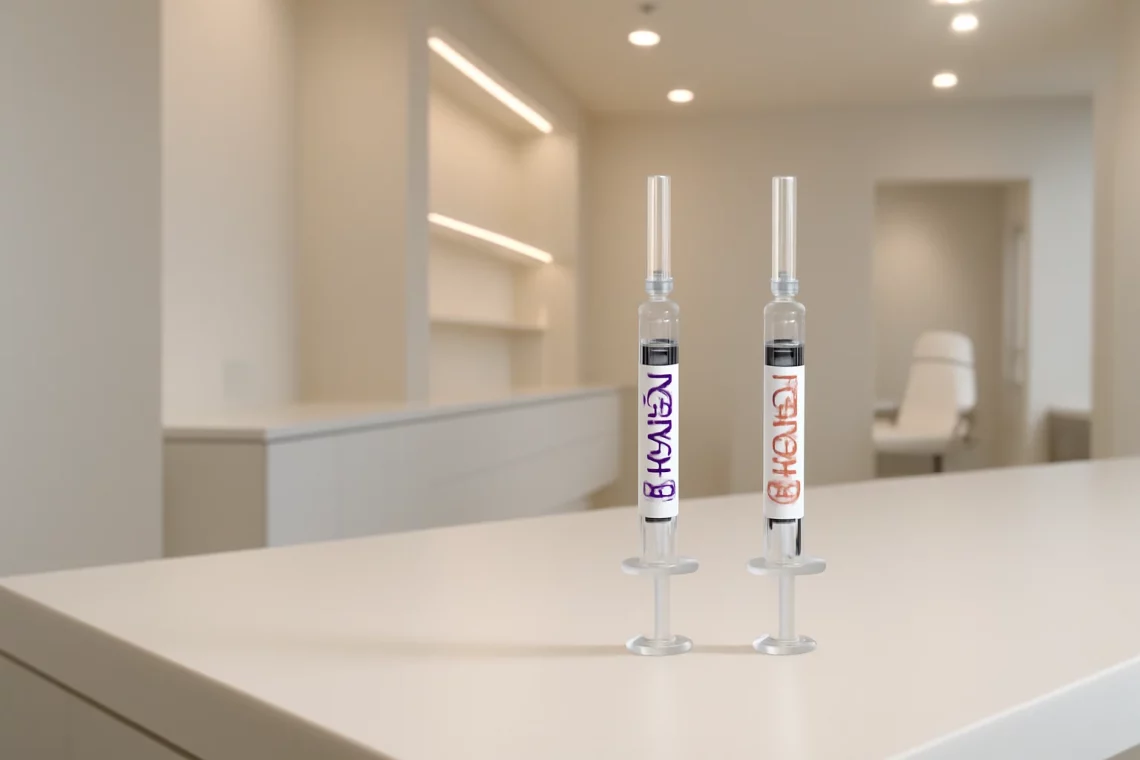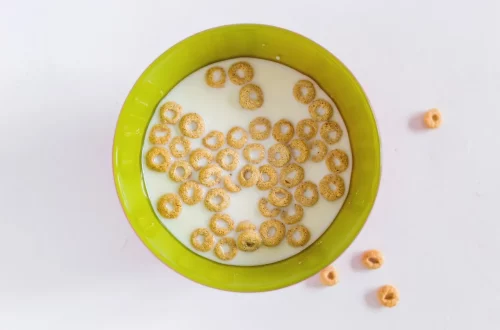
Botox vs Jeuveau: Which Injectable Is Right for You?
Botox and Jeuveau have emerged as two of the most popular cosmetic treatments for reducing the appearance of fine lines and wrinkles. As the demand for non-surgical aesthetic procedures continues to rise, individuals seeking youthful, vibrant skin often find themselves weighing the merits of these two options. Both treatments are designed to temporarily relax the facial muscles, leading to a smoother complexion, but they differ in formulation, application, and potential results.
Understanding the nuances between Botox and Jeuveau is essential for anyone considering these treatments. Factors such as cost, duration of effects, and individual skin types can significantly influence a person’s choice. Furthermore, as the aesthetic landscape evolves, new alternatives continuously enter the market, providing consumers with more choices and better outcomes.
In this article, we will explore the main differences and similarities between Botox and Jeuveau, shedding light on their unique characteristics and helping you make an informed decision about which treatment may be best suited for your needs.
Understanding Botox
Botox, a well-known brand name for botulinum toxin type A, has been a staple in the cosmetic industry for many years. Originally approved for medical use, its popularity surged when it was discovered that it could effectively reduce wrinkles by temporarily paralyzing specific facial muscles. The treatment works by blocking nerve signals to the muscles, preventing them from contracting and forming lines on the skin’s surface.
The procedure itself is relatively quick, typically lasting only 10 to 15 minutes. During the session, a trained medical professional injects small amounts of Botox into targeted areas of the face, such as the forehead, around the eyes, and between the eyebrows. Patients may experience minimal discomfort, often described as a slight pinch, and there is usually no downtime required. Most individuals can return to their daily activities immediately following the treatment.
One of the significant advantages of Botox is its proven track record. With years of clinical studies and real-world applications, it has become a trusted choice for many seeking to enhance their appearance. The effects generally last three to four months before gradual muscle activity returns, requiring follow-up treatments to maintain results.
However, it is essential to consider potential side effects, which may include bruising, swelling, or headaches. In rare cases, individuals may experience drooping eyelids or an uneven smile if the injections are not administered correctly. Therefore, it is crucial to seek treatment from a qualified, experienced practitioner to minimize risks.
Exploring Jeuveau
Jeuveau, a newer entrant in the market, has quickly gained popularity as a competitor to Botox. Approved by the FDA for aesthetic use, Jeuveau is formulated specifically for cosmetic applications, focusing on reducing moderate to severe frown lines. Like Botox, Jeuveau is also a botulinum toxin type A product, but its formulation is distinctly designed for the millennial and younger generation seeking a more refined, youthful appearance.
One of the notable differences between Jeuveau and Botox lies in its marketing and target demographic. Jeuveau positions itself as a treatment for those who are more focused on cosmetic enhancements rather than medical applications. This tailored approach has resonated with younger clients who desire a more modern aesthetic.
The injection process for Jeuveau is similar to that of Botox, with treatments typically taking around 10 to 20 minutes. Patients may experience similar sensations during the injection, and the downtime is also minimal. The effects of Jeuveau usually last around three to four months, comparable to Botox, making it a suitable alternative for those seeking a temporary solution to wrinkles.
While Jeuveau has a shorter history compared to Botox, early reviews and studies indicate that it is both effective and well-tolerated among patients. As with any cosmetic treatment, it is essential to consult with a qualified professional to discuss individual needs, potential risks, and expected outcomes.
Comparing Effectiveness
When evaluating the effectiveness of Botox and Jeuveau, it is crucial to understand that both treatments utilize similar mechanisms to achieve their results. However, individual responses may vary based on factors such as age, skin type, and specific areas being treated.
Patients often report that both Botox and Jeuveau provide significant improvements in the appearance of fine lines and wrinkles. The decision on which product to choose may ultimately come down to personal preference, prior experiences, and the recommendations of the treating physician.
One factor to consider is the onset of results. Many users report that they see results from Botox within a few days, while some may notice the effects of Jeuveau appearing slightly quicker. However, this can vary from person to person, and the differences may not be significant enough to sway one’s decision.
Moreover, the longevity of results can also play a role in the choice between these two options. Both treatments generally require maintenance every three to four months, but individual responses can lead to variations in how long the effects last. Some patients may find that they prefer the feel and duration of one treatment over the other based on their unique physiology.
Ultimately, the best way to determine the most effective treatment for your needs is to consult with a qualified practitioner who can evaluate your skin and help you make an informed decision based on your aesthetic goals.
Cost Considerations
Cost is an important factor for many individuals when considering Botox or Jeuveau treatments. Generally, the pricing for both options can vary significantly based on location, the practitioner’s experience, and the specific clinic.
On average, Botox treatments tend to be slightly more expensive per unit than Jeuveau. However, the total cost will depend on the number of units required for the desired outcome. Many practitioners charge based on the number of units injected, so understanding the recommended dosage for each treatment is essential when comparing costs.
Additionally, some clinics may offer promotions or package deals that can influence the overall price. It’s essential to consider not only the upfront costs but also the long-term investment in maintenance treatments. Since both Botox and Jeuveau require periodic re-treatment, budget-conscious individuals should factor these ongoing expenses into their decision-making process.
It’s also worth noting that while cost is an important consideration, choosing a qualified and experienced practitioner should take precedence. Prioritizing safety and effectiveness over price can lead to better results and a more satisfying overall experience.
In conclusion, both Botox and Jeuveau offer effective solutions for those seeking to reduce the appearance of wrinkles and achieve a more youthful look. Understanding the differences and similarities between these two treatments can help individuals make informed decisions based on their needs, preferences, and budget.
**Disclaimer: This article is not intended as medical advice. For any health-related concerns, please consult a qualified healthcare professional.**




